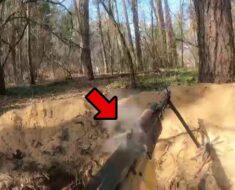The United States Army Ranger School is an intense 61-day combat leadership course oriented toward small-unit tactics. It has been called the “toughest combat course in the world” and “is the most physically and mentally demanding leadership school the Army has to offer”.
The United States Army Ranger School is not organizationally affiliated with the 75th Ranger Regiment. Ranger School falls under control of the United States Army Training and Doctrine Command as a school open to most members of the United States Army, but the 75th Ranger Regiment is a Special Operations warfighting unit organized under the United States Army Special Operations Command.
The purpose of the course is learning to soldier as a combat leader while enduring the great mental and psychological stresses and physical fatigue of combat.
Source: Ranger School
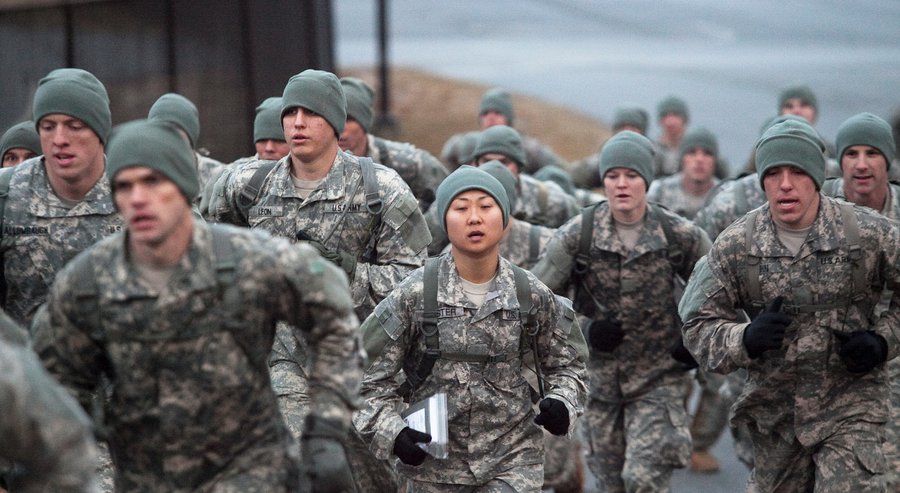
Ranger students in action Photo: Public Domain
The Ranger Creed is the official mission statement of the United States Army Rangers. The Ranger Creed was written in 1974 by CSM Neal R. Gentry.
- Recognizing that I volunteered as a Ranger, fully knowing the hazards of my chosen profession, I will always endeavor to uphold the prestige, honor, and high esprit de corps of the Rangers.
- Acknowledging the fact that a Ranger is a more elite soldier who arrives at the cutting edge of battle by land, sea, or air, I accept the fact that as a Ranger my country expects me to move further, faster and fight harder than any other soldier.
- Never shall I fail my comrades. I will always keep myself mentally alert, physically strong and morally straight and I will shoulder more than my share of the task whatever it may be, one-hundred-percent and then some.
- Gallantly will I show the world that I am a specially selected and well-trained soldier. My courtesy to superior officers, neatness of dress and care of equipment shall set the example for others to follow.
- Energetically will I meet the enemies of my country. I shall defeat them on the field of battle for I am better trained and will fight with all my might. Surrender is not a Ranger word. I will never leave a fallen comrade to fall into the hands of the enemy and under no circumstances will I ever embarrass my country.
- Readily will I display the intestinal fortitude required to fight on to the Ranger objective and complete the mission though I be the lone survivor.
Rangers Lead The Way!!!
Source: Ranger Creed
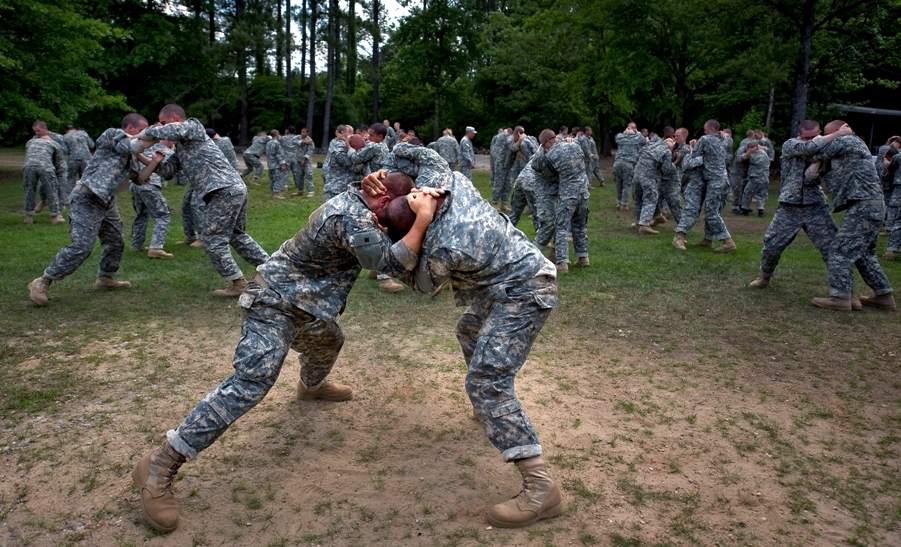
Rangers are trained in unarmed combat. Photo: Public Domain
“We don’t fight fair. We have a ferociousness, a tenacity, and this violent approach to battle. Killing is what Rangers do best!”
– Sgt. Tim Kennedy, U.S. Army Ranger
Hand to Hand Unarmed Combat is lethal or non-lethal physical confrontation between two or more persons at very short range (grappling distance) that does not involve the use of firearms or other distance weapons. While the phrase “hand-to-hand” appears to refer to unarmed combat, the term is generic and may include use of striking weapons used at grappling distance such as knives, sticks, batons, or improvised weapons such as entrenching tools.
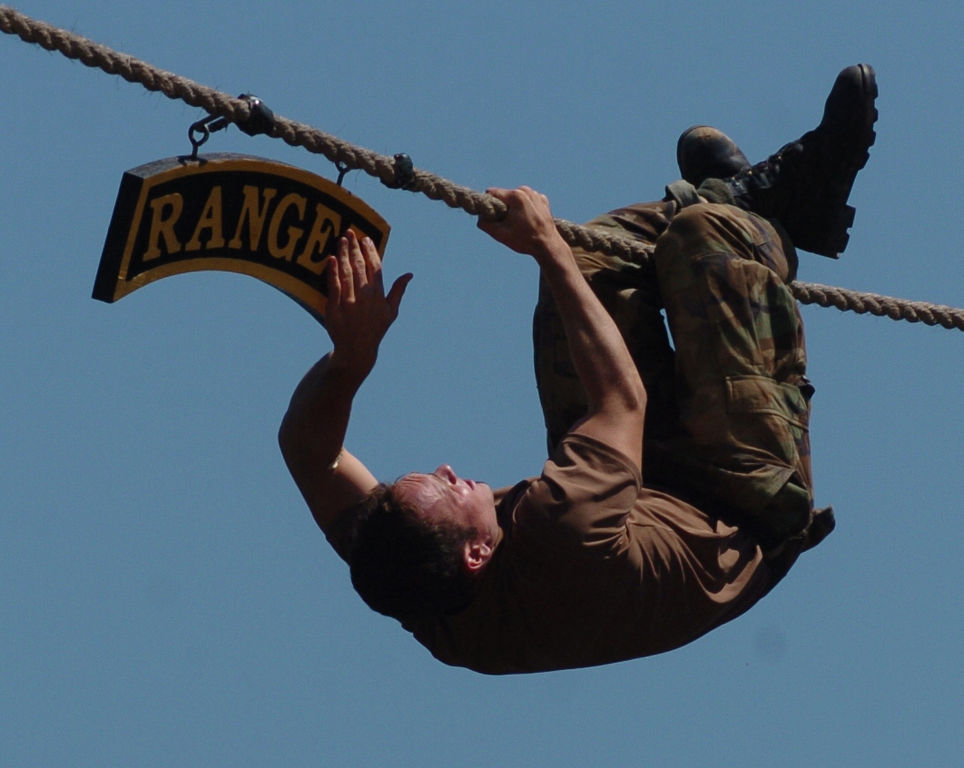
Potential rangers are tested for height and water phobias Photo: Public Domain
Combat Water Survival Assessment, conducted at Victory Pond (previously called the Water Confidence Test). This test consists of three events that test the Ranger student’s ability to calmly overcome any fear of heights or water. Students must calmly walk across a log suspended thirty-five feet above the pond, then transition to a rope crawl before plunging into the water.
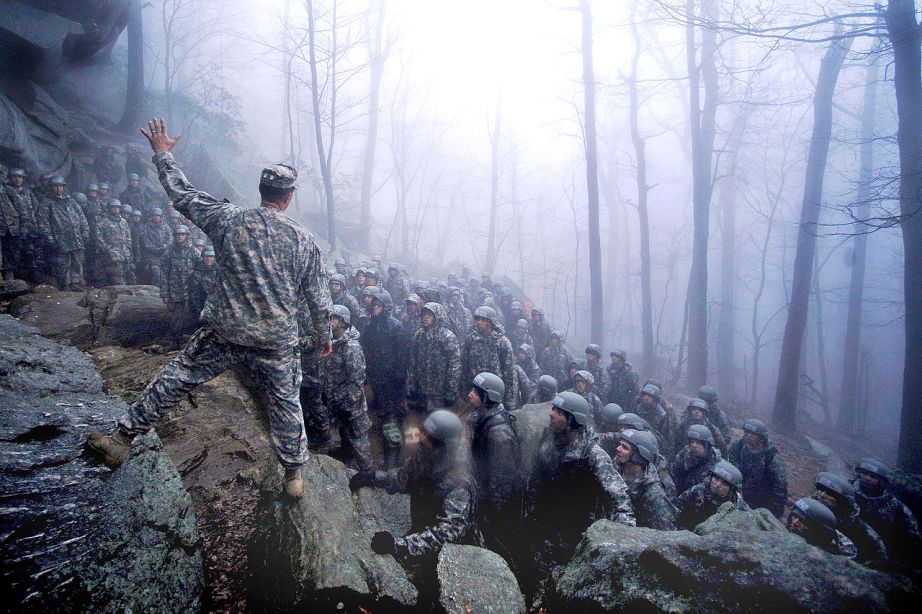
The true test of leadership in the mountain phase. Photo: Public Domain
The second phase of Ranger School is conducted at the remote Camp Merrill near Dahlonega, Georgia by the 5th Ranger Training Battalion. Here, “students receive instruction on military mountaineering tasks, mobility training, as well as techniques for employing a platoon for continuous combat patrol operations in a mountainous environment”.[15] Adding to the physical hardships endured in the Benning phase, in this phase “the stamina and commitment of the Ranger student is stressed to the maximum. At any time, he may be selected to lead tired, hungry, physically expended students to accomplish yet another combat patrol mission”.
Source: Ranger School
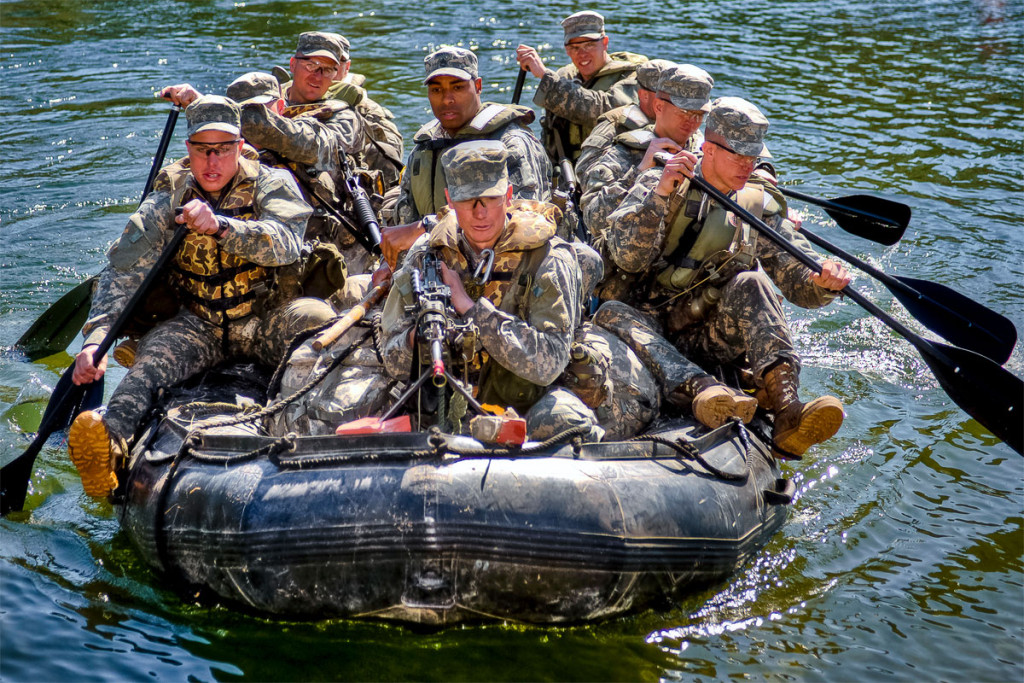
Swamp phase puts ranger students to the test.
The third phase focuses on the continued development of the Ranger Student’s combat arms functional skills. Students receive instruction on water-borne operations, small boat movements, and stream crossings upon arrival. Practical exercises in extended platoon level operations executed in a coastal swamp environment test the Students’ ability to operate effectively under conditions of extreme mental and physical stress. This training further develops the Students’ ability to plan and lead small units during independent and coordinated airborne, air assault, small boat, and dismounted combat patrol operations in a low intensity combat environment against a well trained, sophisticated enemy.
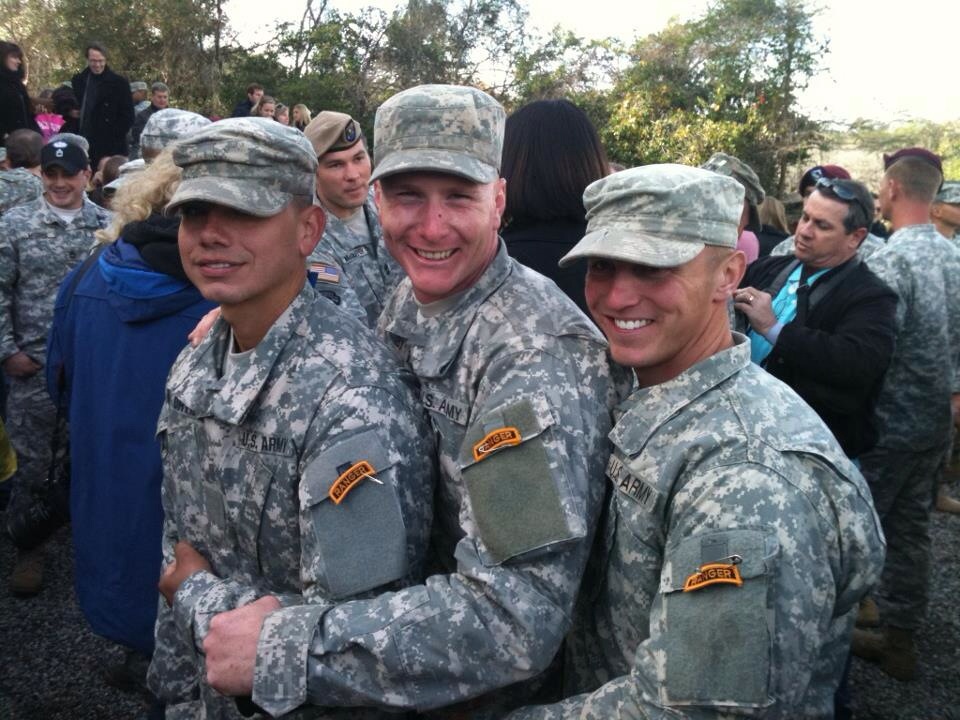
Earning The Ranger Tab
Historically, the graduation rate has been around 50%, but this has fluctuated. In the period prior to 1980, the Ranger School was over 65%. 64% of Ranger School class 10–80 graduated. The graduation rate has dropped below 50% in recent years: 52% in 2005, 54% in 2006, 56% in 2007, 49% in 2008, 46% in 2009, 43% in 2010, and 42% in 2011. Recycles are included in the graduation rates. Recycles are tracked by the class they start with, and affect only that class’s graduation rate.
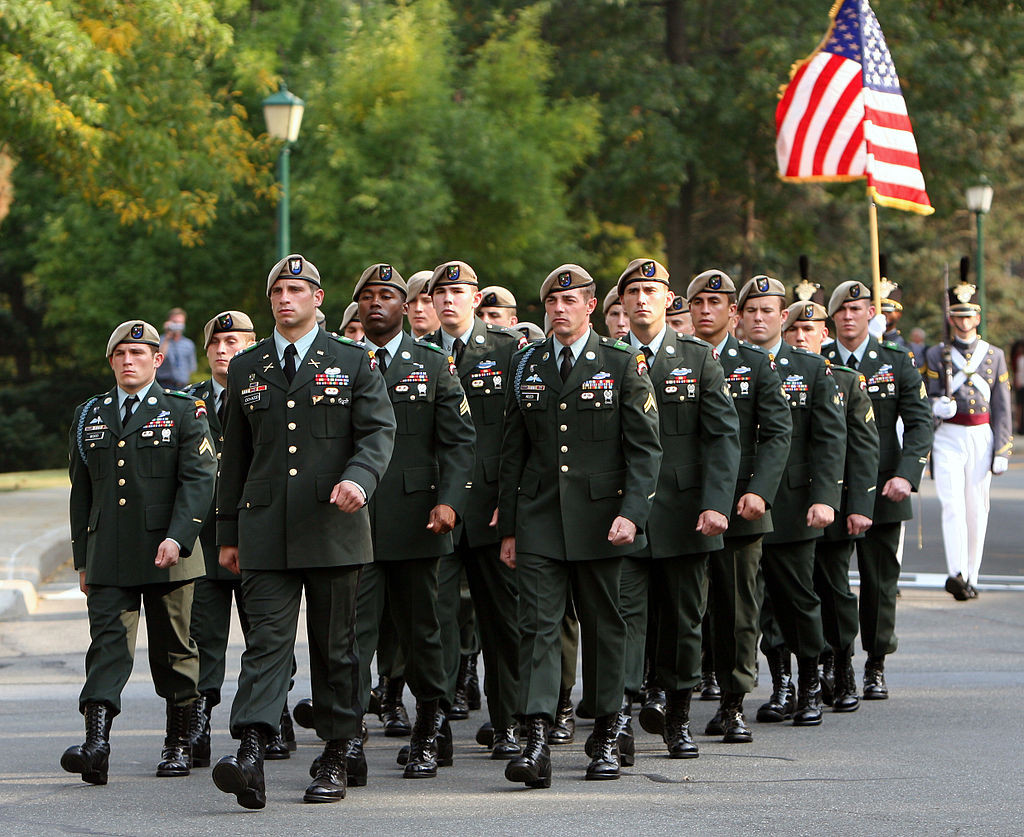
Rangers from the Special Operations 75th Ranger Regiment.
The 75th Ranger Regiment, also known as Rangers, is an elite light infantry special operations force of the United States Army. The regiment is head-quartered at Fort Benning, Georgia and is composed of one special troops battalion and three special operations battalions. The regiment is the U.S. Army’s premier raid force, with specialized skills that enable them to perform a variety of special operations missions.



